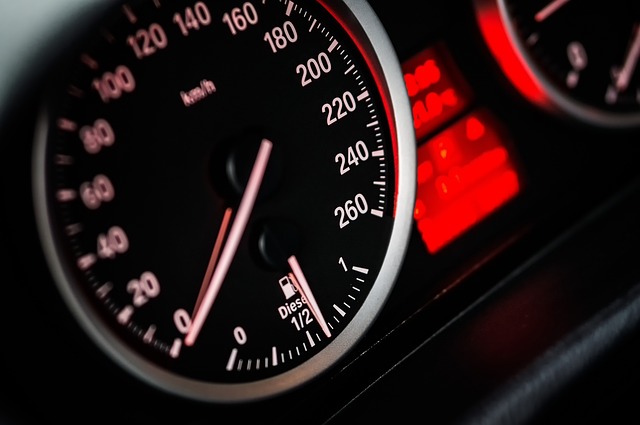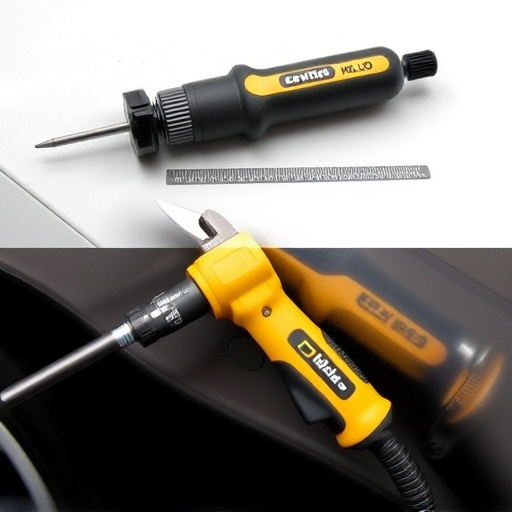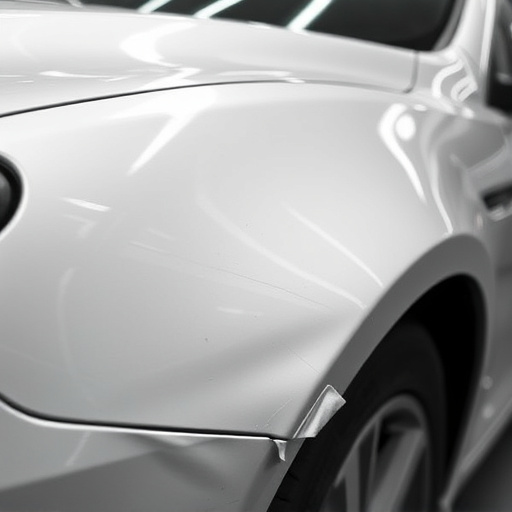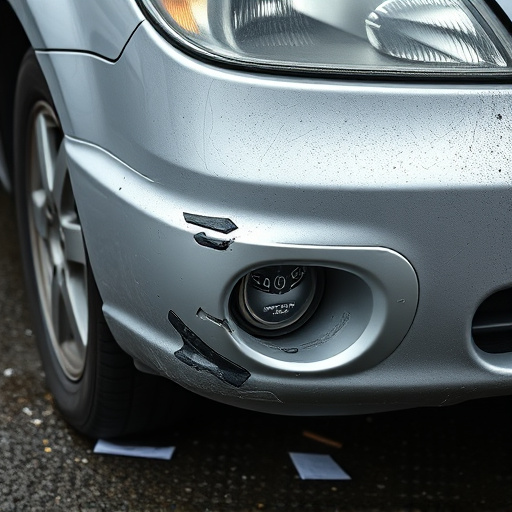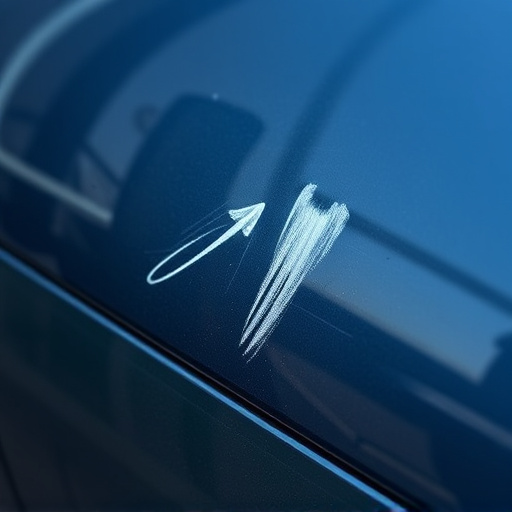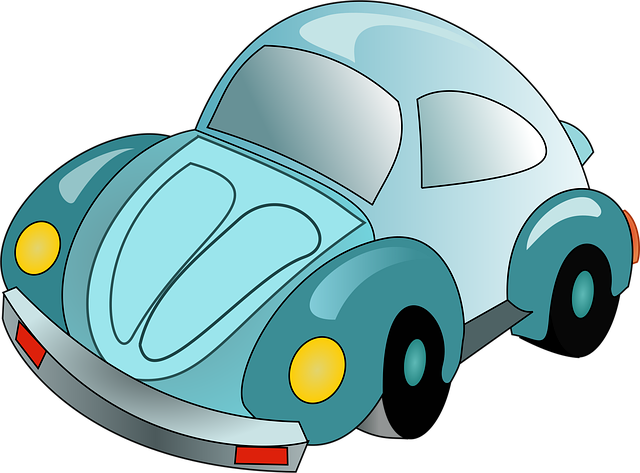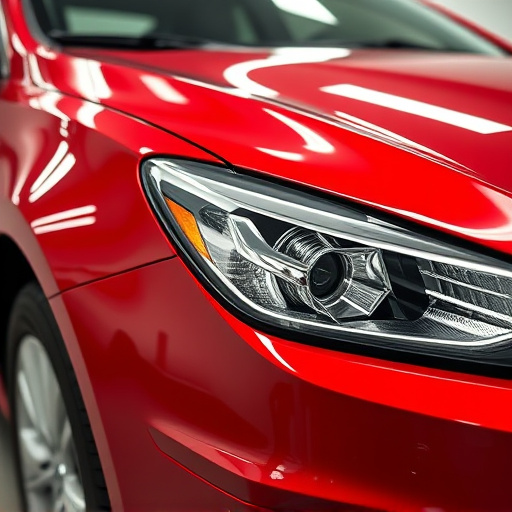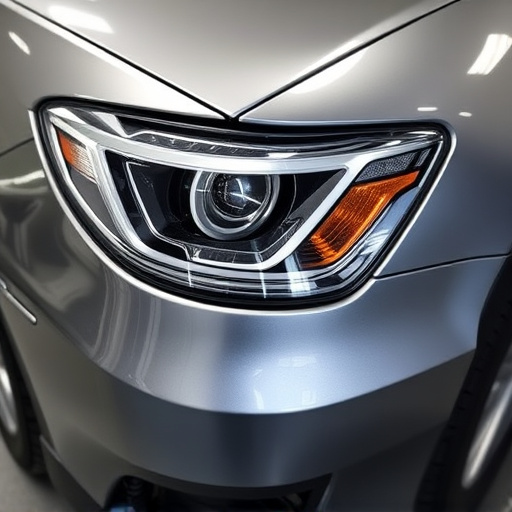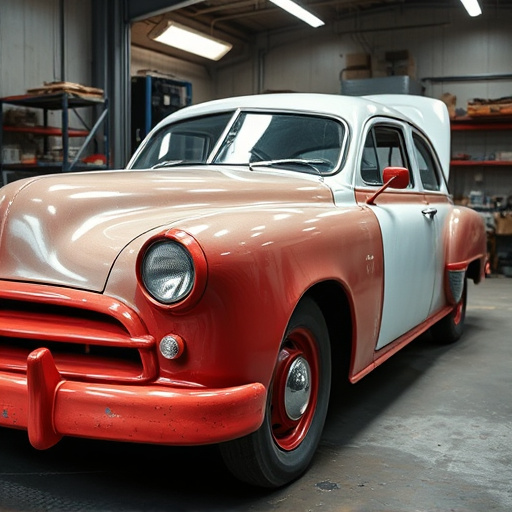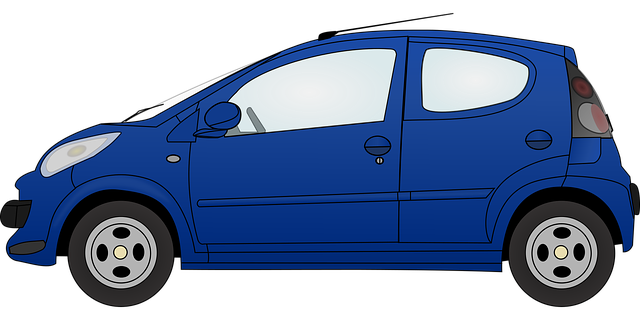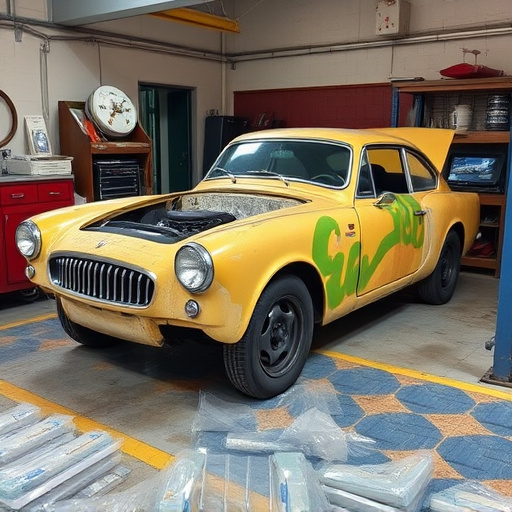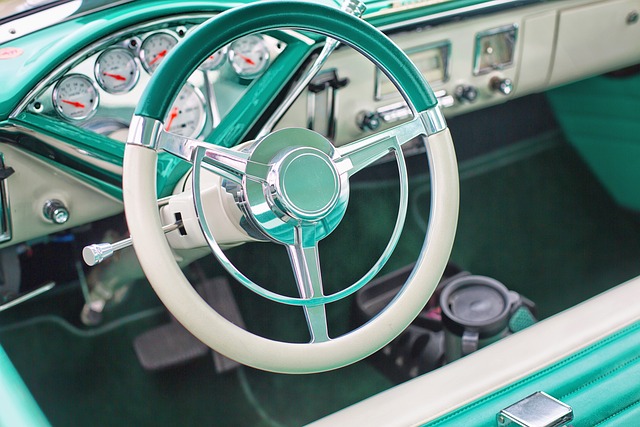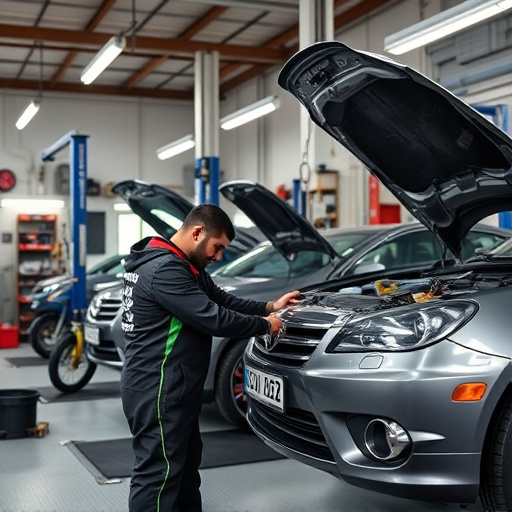Collision repair consultation involves experts reviewing insurance adjuster reports for accuracy and completeness, inspecting both visible and hidden vehicle damage. They cross-reference these reports against industry standards and manufacturer specs to verify repairs, ensuring fairness and transparency in claims processing, benefiting policyholders and insurers. Meticulous comparison processes minimize disputes and delays.
Collision repair consultation plays a pivotal role in ensuring accurate insurance claims. This process involves assessing and validating damage reports submitted by insurance adjusters, critical for fair settlement. By meticulously examining vehicle conditions post-collision, experts provide insights that corroborate or challenge initial adjuster reports. Through this collaboration, both parties strive for accuracy, ensuring policyholders receive just compensation for necessary repairs. Understanding the collision repair consultation process is key to navigating complex claims procedures effectively.
- Understanding Collision Repair Consultation Process
- Role of Insurance Adjuster Reports in Validation
- Ensuring Accuracy: Comparison & Quality Assurance
Understanding Collision Repair Consultation Process

Collision repair consultation is a critical process that involves experts meticulously evaluating and validating insurance adjuster reports for accuracy and completeness. This thorough examination ensures that all aspects of collision damage repair, from initial assessment to final restoration, are accurately documented and aligned with industry standards. The consultation process begins with a detailed inspection of the vehicle, examining every inch of the damaged areas, including both visible and hidden components like panels, frameworks, and mechanical systems.
This meticulous scrutiny extends to the insurance adjuster’s report, cross-referencing it against industry benchmarks and manufacturer specifications. Auto painting specialists, along with skilled mechanics, verify the extent of repairs needed, ensuring that every piece of auto repair services rendered is justifiable and in line with the reported damage. By facilitating this validation, collision repair consultations play a pivotal role in maintaining transparency and fairness throughout the insurance claims process, ultimately benefiting both policyholders and insurers alike.
Role of Insurance Adjuster Reports in Validation

Insurance Adjuster Reports play a pivotal role in the process of collision repair consultation. These reports serve as detailed documentation of the extent and cost of repairs required following a car collision, providing a critical reference point for both insurance companies and collision repair shops. By meticulously outlining damage to vehicle parts, such as car paint repair or scratch repair, adjusters ensure that all necessary work is accounted for, setting the stage for accurate reimbursement and efficient claim processing.
In the realm of collision repair consultation, these reports act as a bridge between the insured party and the insurance provider, facilitating a transparent and fair resolution. They enable collision repair experts to validate the scope of work outlined by the adjusters, ensuring that no damage goes unnoticed or unaddressed. This collaborative approach, centered around robust adjuster reports, ultimately streamlines the car collision repair process, providing peace of mind for all involved parties.
Ensuring Accuracy: Comparison & Quality Assurance

Accuracy is paramount in collision repair consultation, where meticulous comparison and quality assurance processes ensure that insurance adjuster reports are reliable and detailed. During validation, skilled professionals thoroughly inspect damaged vehicles, cross-referencing the findings with the provided documentation. This involves a meticulous examination of not just visible repairs like car dent removal or frame straightening, but also deeper assessment to account for every facet of the incident, including hidden damage.
The process includes comparing measurements, visual assessments, and technical specifications to verify the extent of repairs required. This thoroughness guarantees that adjustments are accurate, minimizing disputes and delays in claims processing. Moreover, it safeguards the interests of all parties involved, ensuring car scratch repair or any other necessary work is precisely documented and executed according to industry standards.
Collision repair consultation plays a pivotal role in validating insurance adjuster reports, ensuring accuracy and quality assurance. By comparing detailed estimates with actual repairs, professionals can confirm the validity of adjuster findings. This process not only protects policyholders’ interests but also streamlines the claims settlement process, fostering efficiency and trust within the automotive insurance industry.
